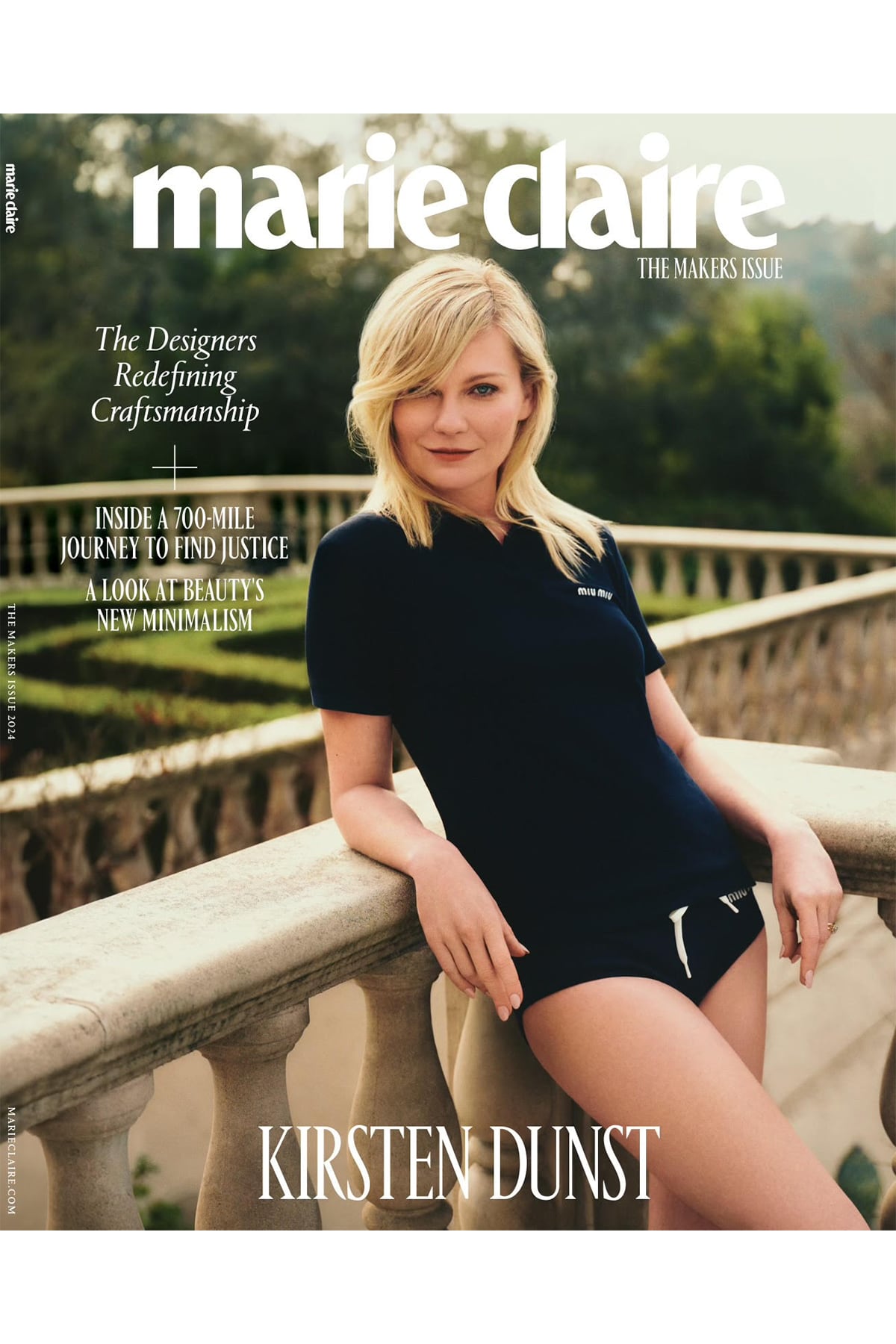
Marie Claire and Who What Wear took very different journeys to the same place.
The first issue of Marie Claire was published in 1937 in France, and since its launch in the mid-1990s, the US edition has served as a go-to monthly for the career woman. The website was mostly an afterthought until the mid-2010s, when digital competitors and social media were steadily eroding the magazine industry’s cultural clout, and profitability.
Who What Wear was one of those online upstarts. It started as a newsletter in 2006, where two former Elle editors, Hillary Kerr and Katherine Power, chronicled celebrity street style. They later branched out with a website, a clothing line at Target, and podcasts.
Today, however, the two publications are under one roof at Future Plc, the London-based publisher of titles like Marie Claire UK, shelter magazine Wallpaper* and the quintessentially British Country Life magazine. The distinctions that used to set them apart have largely been erased – Marie Claire ceased regular print editions with its Summer 2021 issue, shortly after Future acquired it. In 2022, it brought print back in a more limited capacity and releases two editions annually.
Rather, Future is treating Marie Claire and Who What Wear as the cornerstones of its plans to expand its US readership, combining Marie Claire’s legacy name recognition with Who What Wear’s digital know-how and entrepreneurial spirit. The two are the UK-based publisher’s first US acquisitions, but “there are always ambitions” for more, Kerr, now the SVP of Future’s women’s and luxury group, said.
By rolling up disparate media properties, Future is also building a diverse arsenal to take on fashion media’s many challenges, from the dwindling online advertising revenue to the rise of independent newsletters and TikTok’s endless scroll of free content.
“We’re really reaching women at every critical life stage,” said Kerr. “[The publications] are not in direct competition, they’re actually highly complementary.”
At both publications, the plan is to double down on promising revenue streams, including branded and affiliate-driven content, livestream shopping and podcasts (Marie Claire is launching its first later this year). The goal is to maximise audience and revenue, rather than being wedded to any one format.
“At the end of the day … wherever [our audience] wants to consume content, we want to be there and create something bespoke for that platform,” said Kerr.
“A Group Chat of Your Most Ambitious Friends”
WhoWhatWear is benefitting from having the muscle of an established corporation behind it — from February 2022 to today, it’s seen 30 percent increase in traffic year-over-year from women ages 18 to 34.
Marie Claire, meanwhile, is making changes. In August, Future appointed Nikki Ogunnaike, most recently the digital director at Harper’s Bazaar and a longtime fashion editor who has held positions at Elle, Glamour and GQ, as editor-in-chief.
Since her arrival, Marie Claire has rolled out content that is designed to appeal to a cohort of driven women, and the topics that are on their minds. It published a package, “The Cost of Starting Your Own Business,” in January, where writers spoke to female founders about the ups and downs of entrepreneurship. That same month, it introduced a new franchise, “How’d You Get That House,” which breaks down women’s journeys to buying property. Ogunnaike is writing a weekly newsletter called “Self Checkout,” and the forthcoming podcast will launch this spring.
Ogunnaike said she wants the magazine to feel like “a group chat of your most ambitious friends.”
“In my personal group chat … we’re discussing a lot about money, style, and how power realises itself in our daily lives,” she said. “And I’m just really excited about the opportunity to do that on a grander scale here.”
Last month, Marie Claire staged its Power Play event in Los Angeles, a reinvention of its former Power Trip event, which saw Marie Claire charter a plane from New York to Los Angeles for an invite-only day of programming for female founders, executives and other notable women. This year, the event was smaller-scale than it’s been in the past: Marie Claire forewent the private plane, and invited speakers like Sophia Bush and Courteney Cox to take the stage at the Santa Monica Proper Hotel to discuss their entrepreneurial efforts. The hope is to bring the franchise to different cities in the future.
“I did really like the idea of going a little more intimate, a little more niche when it came to Power Play, and being considerate about bringing incredible experience to dynamic entrepreneurs into different regions around the US,” said Ogunnaike.
Zeroing in on Marie Claire’s long-standing bent towards “power,” and in practical terms, career and ambition, could help the publication feel more specialised in a world that’s moving away from more generalist content.
“It’s really hard to be mass now,” said Amy Odell, a former Cosmopolitan editor and the author of Anna: The Biography who also pens Back Row, a Substack newsletter about fashion and media. “Certainly, people spend a lot of time thinking about their career. There is an opportunity there.”
Shoppable Content
There are no plans to put up a paywall on either site, bucking a trend towards a subscription-first model amid a seemingly never-ending ad slump.
For Future, the plan is to continue to get creative around other revenue streams. The company is building out a studio to film livestreaming shopping related content in Los Angeles. WhoWhoWear will hold its first Beauty Awards this year, and plans to focus more on beauty in the coming months.
Who What Wear has already rolled out content to make its podcasts “shoppable,” said Kerr, with corresponding shoppable stories on the website, where listeners can buy products featured in an episode. It’s a format the team wants to evolve in the future.
“We create something for our audience and then think through innovative ways to monetise around that,” said Kerr. “And at the end of the day, if we’re doing that all of the rest of it follows.”



